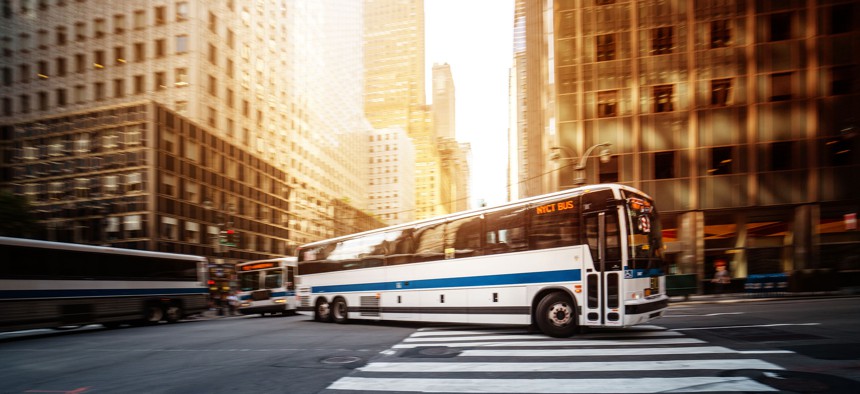Back when COVID-19 shut down New York City, the Metropolitan Transportation Authority made almost all of its buses free to riders. Passengers boarded through the rear doors so drivers’ exposure to potential infection was minimized. Only those riders with limited mobility boarded up front.
Anxious to get out after being cooped up inside for too long during quarantine, I found myself going for long rides on buses that were often crowded with masked riders. The suspension of fares worked so well that when pandemic restrictions were lifted and fares restored, it took a while for some passengers to stop using the rear doors (presumably many thought the ride was still free). That should make a proposed pilot program being pushed by socialist Queens Assembly Member Zohran Mamdani in last minute state budget negotiations worth exploring. The experiment would eliminate fares on two routes in each borough – one along a commercial corridor and a second within a low-income community. Even comparatively moderate Mayor Eric Adams has signed on the idea.
Ending fares on buses makes them more accessible, and it’s already being put into practice in other cities, including Kansas City, Boston and Washington, D.C. Bus ridership in the five boroughs a week ago totalled 1.3 million riders, which was 59% of prepandemic levels, according to the New York Times. The pilot program would be a first step in learning how easily the MTA can regain some of these lost riders and provide transportation for New Yorkers who need a break battling high inflation. The last time buses were free, not even a pandemic could hold people back from using them.


